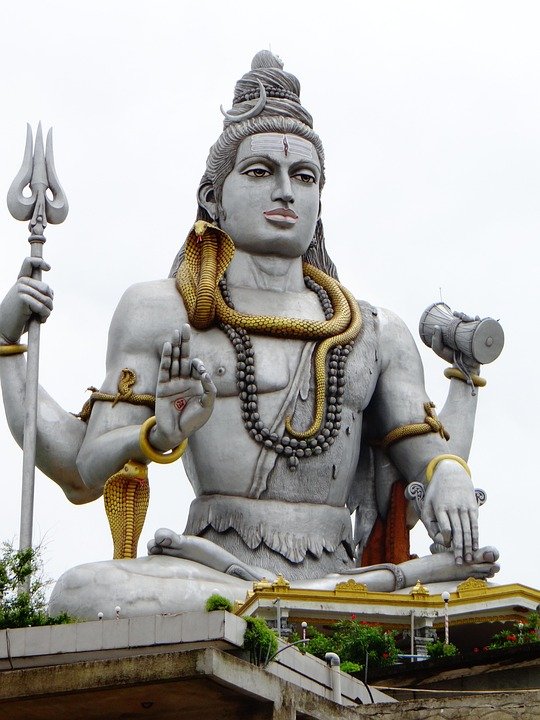Of course! Here is an article on the enduring legacy of Indian art.
The Enduring Legacy of Indian Art: From Ancient to Contemporary
Stretching back millennia, the story of Indian art is a vibrant, sprawling epic written in stone, bronze, pigment, and pixel. It is a kaleidoscope of styles, philosophies, and influences, reflecting the subcontinent’s tumultuous history and profound spiritual depth. More than mere decoration, Indian art has always been a vessel for storytelling, a medium for devotion, and a mirror to its society. Its enduring legacy lies in its remarkable ability to absorb, adapt, and innovate, creating a continuous artistic tradition that is both deeply rooted and dynamically modern.
The Dawn of Expression: Ancient Foundations
The journey begins in the shadows of prehistoric caves. The rock paintings of Bhimbetka, dating back thousands of years, are among humanity’s earliest creative impulses. These simple yet powerful depictions of hunting, dancing, and daily life establish a foundational theme in Indian art: the intimate connection between humans, nature, and the community.
This evolved with the rise of the Indus Valley Civilization (c. 2500-1900 BCE). The exquisitely crafted seals, the iconic bronze "Dancing Girl," and sophisticated pottery from sites like Harappa and Mohenjo-Daro reveal an urban society with a keen eye for form and symbolism. While their script remains undeciphered, their art speaks of a well-organized culture that valued craftsmanship and aesthetic order.
The Age of Faith and Empires
With the rise of great empires and the flourishing of Buddhism, Hinduism, and Jainism, Indian art entered a golden age. The Mauryan Emperor Ashoka’s polished sandstone pillars (3rd century BCE) were not just political statements but masterpieces of monumental sculpture, communicating his message of Dharma across the land.
This spiritual fervor found its most breathtaking expression in cave temples. The murals of Ajanta, with their flowing lines and emotive figures telling Buddhist Jataka tales, transport viewers to a world of divine grace and human emotion. The monolithic rock-cut temples of Ellora, where Hindu, Buddhist, and Jain sanctuaries coexist, stand as a testament to both architectural genius and religious tolerance. It was during this period that the concept of rasa—the aesthetic flavor or essence that art evokes in the viewer—was codified, becoming a guiding principle for centuries.
The Chola dynasty in the south (c. 9th-13th centuries) perfected bronze casting, producing icons of unparalleled beauty and dynamism. The Chola Nataraja, a depiction of the Hindu god Shiva as the cosmic dancer, is a global symbol of Indian art, perfectly balancing profound philosophy with sublime form.
The Mughal Synthesis and Regional Splendor
The arrival of the Mughals in the 16th century heralded a new era of artistic synthesis. Fusing Persian refinement with Indian vibrancy, Mughal miniature painting flourished under emperors like Akbar and Jahangir. These meticulously detailed works chronicled court life, epic histories, and intimate portraits, showcasing a mastery of color, composition, and fine brushwork.
Simultaneously, regional kingdoms developed their own distinct styles. The Rajput and Pahari schools of painting, for instance, moved away from imperial grandeur to explore more personal and romantic themes, most notably the divine love story of Radha and Krishna. Their lyrical, emotive works are a colorful counterpoint to the formal realism of the Mughal court.
The Modern Turn: Colonialism and Identity
The British colonial period presented Indian art with a profound challenge. The imposition of Western academic styles led to a crisis of identity, but also to a powerful artistic awakening. The Bengal School of Art, led by pioneers like Abanindranath Tagore and Nandalal Bose, emerged in the early 20th century as a nationalist response. Rejecting Western materialism, they looked inward, drawing inspiration from Ajanta, Mughal art, and Japanese wash techniques to forge a modern Indian aesthetic that was spiritual, romantic, and distinctly indigenous.
Post-Independence and the Global Dialogue
After India gained independence in 1947, artists were free to define their own modernity. The Progressive Artists’ Group, founded in Bombay by visionaries like F.N. Souza, M.F. Husain, and S.H. Raza, shattered the nostalgic mold of the Bengal School. They fearlessly embraced international modernist idioms like Cubism and Expressionism but infused them with uniquely Indian themes, colors, and raw energy. M.F. Husain’s iconic galloping horses, for example, became a symbol of a new, free India—powerful, untamed, and striding confidently onto the world stage.
The Contemporary Kaleidoscope
Today, Indian art is a thriving, global force. Contemporary artists have moved beyond the canvas, exploring installation, video art, digital media, and performance. They grapple with complex themes of globalization, urban displacement, identity politics, and environmental concerns. Artists like Subodh Gupta use everyday steel utensils to comment on consumerism and tradition, while Bharti Kher employs the symbolic bindi to explore femininity and identity. Anish Kapoor’s monumental public sculptures have made him a global superstar, demonstrating the universal appeal of an aesthetic born from Indian sensibilities.
From the ancient etchings of Bhimbetka to the digital creations of a new generation, the legacy of Indian art is one of unbroken conversation. It is a dialogue between the spiritual and the secular, the traditional and the avant-garde, the local and the global. Its true power lies in this continuous river of creativity—a river that has nourished the soul of a civilization for millennia and continues to carve new, exciting channels into the future.

